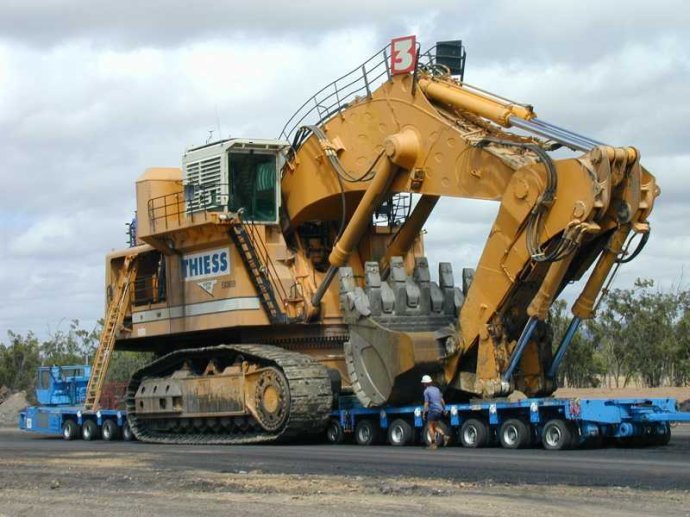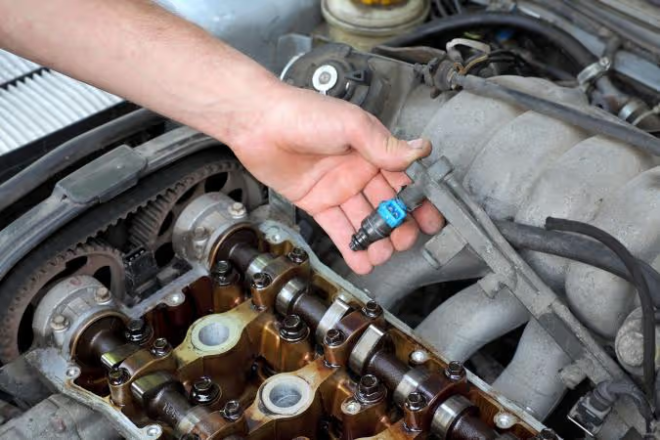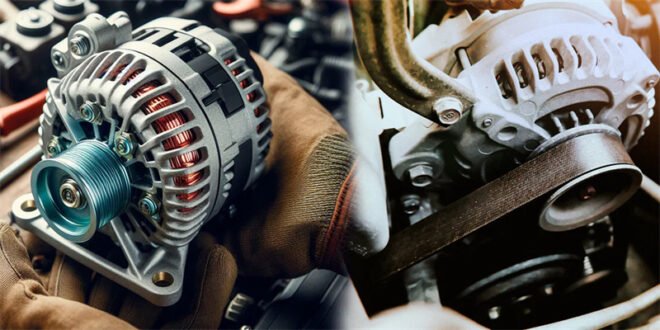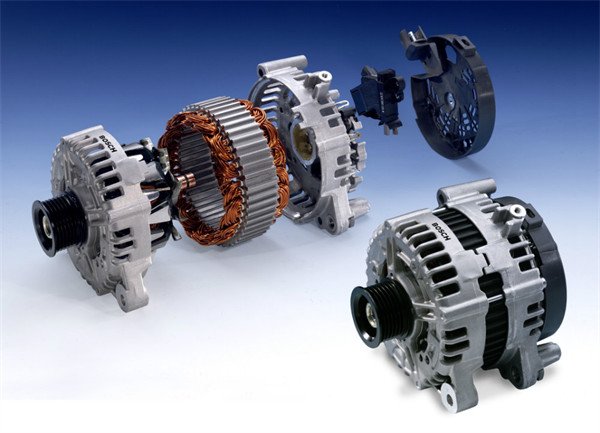In today’s rapidly advancing world, technology continues to make our lives more convenient, efficient, and comfortable. One of the innovations that have had a significant impact on modern living is the thermostat. Whether you’re adjusting the temperature in your home, office, or industrial space, thermostats play a crucial role in controlling our environment. This article explores the modern advantages of thermostats, highlighting their importance, benefits, and why they should be a part of every modern home or workplace.
What is a Thermostat?
A thermostat is a device designed to regulate the temperature of a space by controlling heating and cooling systems. It senses the temperature in its environment and adjusts the system to maintain a set temperature, ensuring comfort while maximizing energy efficiency.
Gone are the days when thermostats were basic, manual devices with a simple dial. With the rise of smart technology, thermostats have evolved into highly sophisticated systems that offer numerous modern advantages.
The Evolution of Thermostats: From Basic to Smart
Traditional Thermostats: Simple Yet Effective
In the past, thermostats were mechanical devices with a simple dial or slider to set the temperature. These traditional thermostats were effective at controlling room temperature but lacked advanced features like programmable schedules, remote control, or integration with smart home systems. They could maintain a comfortable environment, but that was about the extent of their functionality.
The Smart Thermostat Revolution
With the advent of smart technology, thermostats have undergone a massive transformation. Today’s smart thermostats allow users to control the temperature remotely using smartphone apps, voice commands, or even automatic schedules. These devices are designed to learn your preferences and adjust the temperature accordingly, ensuring maximum comfort while reducing energy consumption. The integration of Wi-Fi, advanced sensors, and machine learning has made modern thermostats more energy-efficient, convenient, and user-friendly.

Advantages of Modern Thermostats
Energy Efficiency
One of the most significant benefits of modern thermostats is their ability to save energy. Traditional thermostats often require manual adjustments, leading to energy wastage when users forget to turn down the heat or cool down the air when it’s not needed. However, smart thermostats offer greater control, as they can adjust temperatures based on your behavior and preferences, reducing heating and cooling costs.
Many smart thermostats also feature geofencing capabilities, which allow them to automatically adjust the temperature when you leave or return home, ensuring that you are not wasting energy on an empty house. This means lower utility bills and a smaller carbon footprint.
Comfort and Convenience
The primary purpose of any thermostat is to maintain a comfortable environment. Modern thermostats go beyond simple temperature regulation by offering a variety of customization options. With programmable schedules, you can set your thermostat to adjust temperatures based on your daily routines, ensuring that you always come home to a comfortable space.
In addition to programmable settings, many smart thermostats are compatible with voice assistants like Amazon Alexa, Google Assistant, and Apple HomeKit. This allows users to adjust the temperature without lifting a finger, providing an unprecedented level of convenience and ease of use.
Integration with Smart Home Systems
In the era of smart homes, thermostats are no longer isolated devices. They can be seamlessly integrated into larger smart home ecosystems, allowing for synchronized control with other devices like lights, security systems, and appliances. Imagine a thermostat that knows when you’re leaving for work and can automatically adjust the temperature, lock the doors, and turn off unnecessary lights, all without any input from you.
This level of automation is a hallmark of modern living, where comfort, convenience, and energy efficiency come together to create a seamless living experience.
Learning Capabilities and Adaptability
Unlike traditional thermostats, which required manual adjustments, modern thermostats are equipped with learning capabilities that enable them to adapt to your lifestyle. These devices use algorithms and sensors to learn your preferences over time and adjust the temperature based on patterns of behavior. For instance, a smart thermostat might learn that you prefer a cooler temperature at night and warmer temperatures during the day.
This adaptability ensures that your environment is always optimized for comfort, while simultaneously reducing energy usage when you don’t need it. In essence, the thermostat becomes smarter as it learns more about your habits, saving you time and effort.
Remote Control and Monitoring
The ability to control and monitor your thermostat remotely is another advantage of modern devices. With the advent of mobile apps, you can check and adjust the temperature of your home from anywhere in the world. This is particularly useful for people with busy schedules or those who travel frequently.
Whether you’re at the office, on vacation, or at a friend’s house, you can ensure that your space is always at the ideal temperature before you return home. Some smart thermostats even provide insights and reports on your energy consumption, helping you make informed decisions about how to optimize your usage.
The Environmental Impact of Thermostats
In today’s world, where environmental concerns are at the forefront of many people’s minds, the role of thermostats in promoting energy conservation cannot be overstated. The energy-efficient features of modern thermostats help reduce greenhouse gas emissions and decrease the overall demand for non-renewable resources. By using a thermostat that learns your patterns and adjusts accordingly, you’re doing your part in minimizing energy waste.
Smart thermostats that feature energy reports and insights can also help raise awareness about your household’s energy consumption. By seeing where energy is being wasted, users are encouraged to make smarter choices about how they heat and cool their spaces.
The Future of Thermostats
As technology continues to evolve, so too will thermostats. The future of these devices lies in further integration with other smart home technologies, such as advanced sensors that can detect and adjust for changes in humidity, air quality, and other environmental factors. Future thermostats may even be able to predict weather patterns and adjust the temperature before you even realize a change in the forecast.
Additionally, advancements in machine learning could lead to thermostats that understand your preferences so well that they automatically optimize your home’s climate before you even have to think about it. With ongoing innovation, the role of thermostats in creating comfortable, energy-efficient, and sustainable homes will only continue to grow.
The Power of Modern Thermostats
In conclusion, the modern thermostat is much more than a simple tool for regulating temperature. It is an essential component of a smarter, more energy-efficient, and more comfortable lifestyle. From their energy-saving capabilities to their seamless integration with smart home systems, thermostats have become indispensable in today’s modern homes and offices.
As we move towards a more sustainable future, the thermostat will play a central role in reducing energy consumption, lowering utility bills, and ensuring that our living spaces remain comfortable year-round. Embracing this technology not only improves our immediate living conditions but also contributes to a greener planet for future generations.
Whether you are upgrading your current heating and cooling systems or installing a brand-new thermostat, choosing a modern, smart device is an investment that will pay off in the long run. So, embrace the modern advantages of thermostats today, and experience the future of comfort, convenience, and efficiency.





